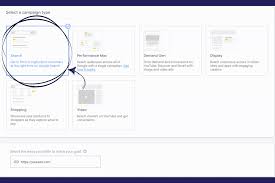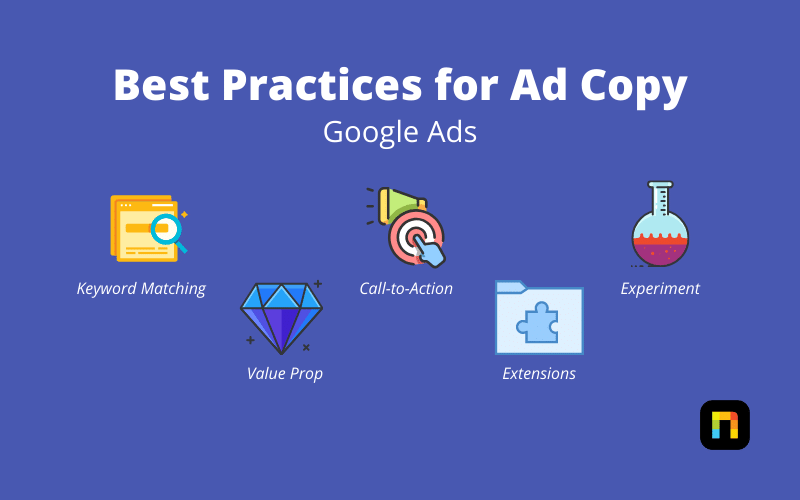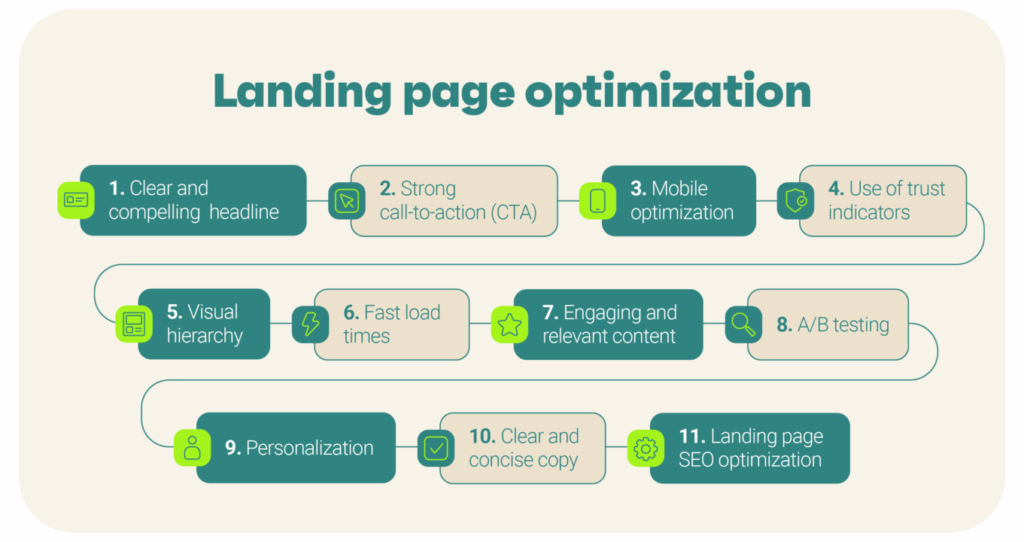How to get top ad on Google

When starting with Google Ads, many people often wonder: “how to get top ad on Google” without spending too much budget? In reality, the top position is not only based on high bidding but also depends on how you optimize keywords, ad content, and quality score. If you know how to apply the right strategy, the question “how to get top ad on Google” has a clear answer: you can absolutely achieve top ads effectively, attract customers, and optimize costs at the same time.
How to get top ad on Google effectively

When running Google Ads, almost everyone shares the same goal: how to make their ad appear at the highest position, gain more clicks, yet still save money. The question “how to get top ad on Google effectively” does not only rely on a large budget but more importantly on keyword optimization, ad copy, and quality score. If applied correctly, you can maintain top ads without overspending.
Keyword research with SEO standards
Keywords are like the golden key that connects you with people searching for your product or service. When selecting keywords, don’t just focus on short, high-search-volume ones since competition will be extremely tough. Instead, leverage long-tail keywords, as they are cheaper to bid on and have higher conversion rates because users already have a clear intent.
Additionally, tools like Google Keyword Planner can help analyze search volume, trends, and average cost. Grouping keywords by topic is also crucial, making ads more relevant. A strong SEO keyword set becomes the solid foundation for ad campaigns to perform well and compete for top positions.
Optimize ad copy: concise and engaging
After choosing keywords, the next step is crafting the ad copy. Content is the first impression for users when they see your ad on Google. A good ad must be short, clear, yet impactful. Place the main keyword in the headline, and highlight product benefits instead of just listing features.
For example, instead of writing “Buy cheap laptop”, you could write “Affordable Laptop – 2-Year Warranty, Same-Day Delivery.” The more specific it is, the more trustworthy and action-driven it feels. Adding strong CTAs like “Buy Now,” “Register Today,” or “Get Offer” significantly boosts click rates.
Don’t forget to optimize the description. Even with limited characters, you can still emphasize key advantages and encourage users to visit. Clear, relevant, and attractive ad content increases CTR, which makes Google more likely to display your ad at the top.
Improve quality score to lower costs
One of the most decisive factors for top ads is the Quality Score. Google evaluates ads based on keyword relevance, landing page experience, and click-through rate. The higher the score, the easier it is to secure top position without overbidding.
To improve it, ensure consistency between keywords, ad copy, and landing page. For instance, if your ad targets “online English course”, then the landing page must provide clear details about that exact course instead of leading to a generic page. The landing page should load quickly, be mobile-friendly, and match user intent.
Regularly monitor performance reports. Ads with low CTR should be revised or replaced. Continuous optimization improves user experience, which Google rewards by boosting ad rank. With a higher quality score, CPC drops significantly while maintaining top placement.
Smart bidding strategies to boost rankings
In Google Ads, a smart bidding strategy doesn’t just determine ad ranking but also maximizes budget efficiency. Many businesses spend heavily on ads yet see poor results—mainly due to poor keyword selection, fixed bidding, or ignoring automation. With the right bidding approach, you can increase visibility at the top while saving costs and targeting customers more precisely.
Choose keywords that fit the budget
Keywords are the backbone of every campaign. If they’re too broad, ads may get many impressions but drain budget with little conversion. Too narrow, and you risk low reach. The key is selecting groups of keywords aligned with budget and business goals. For example, small businesses should focus on long-tail keywords like “buy authentic women’s running shoes in Hanoi” instead of just “running shoes.” This ensures reaching actual buyers, reduces irrelevant clicks, and optimizes cost.
Adjust bids flexibly
Ad campaigns can’t stick to one bid forever. Markets change, user behavior shifts with seasons, and competitors affect costs. Hence, flexibility is vital. You can raise bids during peak hours with higher search intent and lower them in off-peak times to save money. Regular analysis of Google Ads reports shows which keywords convert best, allowing higher bids, while cutting down on low CTR or costly underperformers.
Combine manual and automated bidding
One secret to maximize bidding efficiency is combining manual and automated strategies. Manual bidding gives control over keyword spend, ideal for beginners or testing phases. Automated (smart bidding), powered by Google AI, optimizes towards goals like maximizing conversions or maintaining a target CPA. Blending both ensures control and automation: for instance, use manual bidding for high-competition keywords, and smart bidding for low-competition ones. This hybrid approach saves time and ensures maximum campaign efficiency.
Optimize landing page experience to sustain top rank

To not only reach the top but also stay there, landing page experience is your secret weapon. Google values user satisfaction, so beyond budget and bidding, a well-optimized landing page ensures stable top ranking with reasonable costs. Since users decide within seconds whether to stay or leave, investing in speed, content, and mobile display is essential.
Design fast-loading landing pages
Page speed is a top criterion for Quality Score. A landing page taking more than 3 seconds risks losing over 50% of potential customers. That’s why compressed images, clean code, and reliable hosting are critical. Lazy loading images/videos further reduces load time. With fast pages, bounce rates drop, conversions rise, and top rankings are sustained without overspending.
Content aligned with search intent
A landing page is only effective if its content matches user search intent. For example, if someone searches for “cheap men’s sneakers” but lands on premium shoes, they’ll exit immediately. Always research keywords thoroughly and create content answering exact needs. Use clear headlines, concise information, and strategic CTAs. Adding reviews, testimonials, or certifications boosts trust. A “right – relevant – reliable” content structure both satisfies users and improves Google’s evaluation of your landing page.
Mobile-first optimization
With most searches happening on mobile, mobile-first design is no longer optional—it’s mandatory. A page that looks fine on desktop but breaks on mobile will lose traffic fast. Ensure responsive design, legible fonts, and tappable CTAs. Prioritize mobile load speed since 4G/5G networks can be unstable. Smooth mobile UX retains users and boosts Quality Score. Google favors mobile-optimized sites, so doing this well makes sustaining top ads easier than competitors.
Contact Info
Are you in need of Facebook advertising or need to rent a quality Facebook advertising account? Don’t worry! Rentads is a unit specializing in providing reputable Facebook accounts, as well as direct advertising support. Provides all types of advertising accounts such as google account for rent to help you reach and create fast conversions.
Frequently Asked Questions
Responsive design is fine for static content with limited interactions. But if your Google Ads mainly target mobile traffic (like F&B, retail, or local services), mobile-first is the best choice. It trims unnecessary elements, optimizes CTA placement, and ensures faster load speed.
Yes, but with a strategy. For highly competitive products, run 2–3 landing pages with variations in headline, CTA, or layout. After 2–3 weeks, evaluate CTR and conversion rate to pick the winning version. This is how top agencies sustain rankings—Google prioritizes the best-performing landing pages automatically.